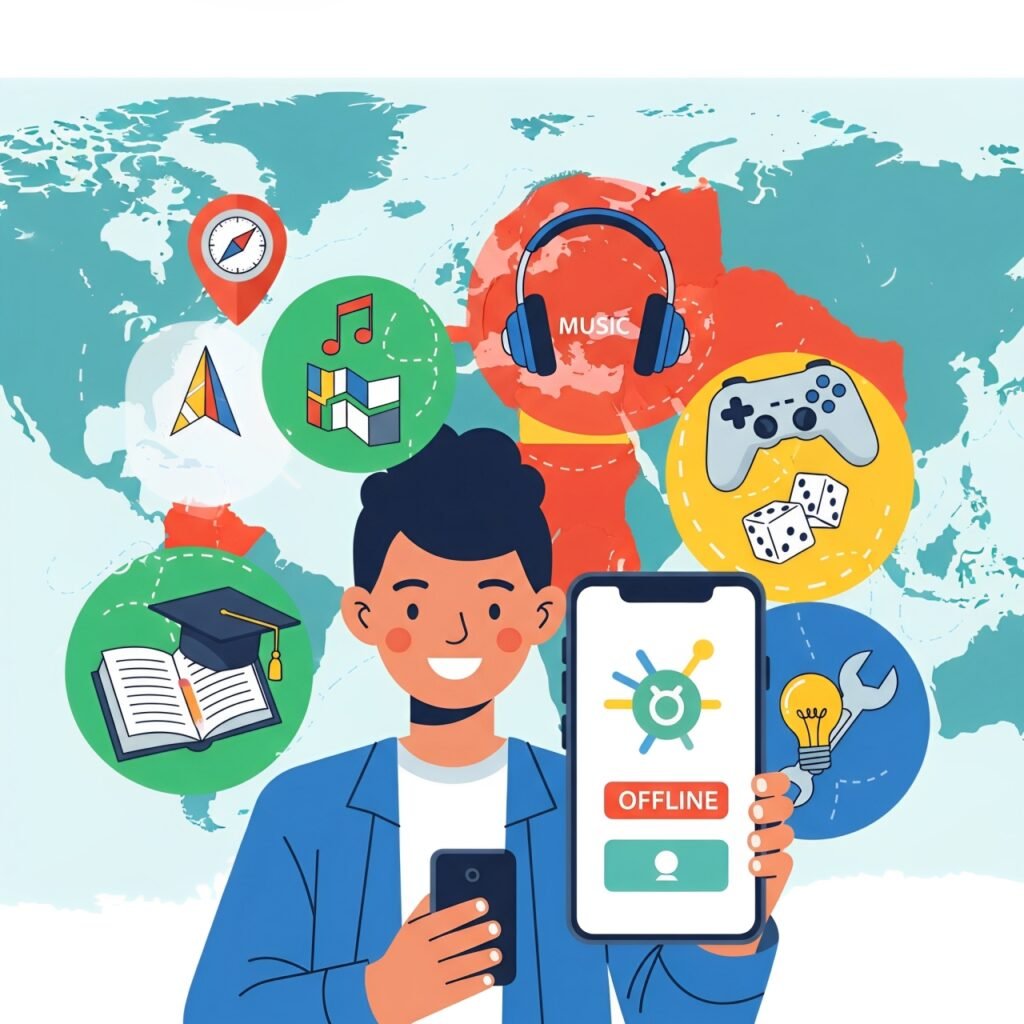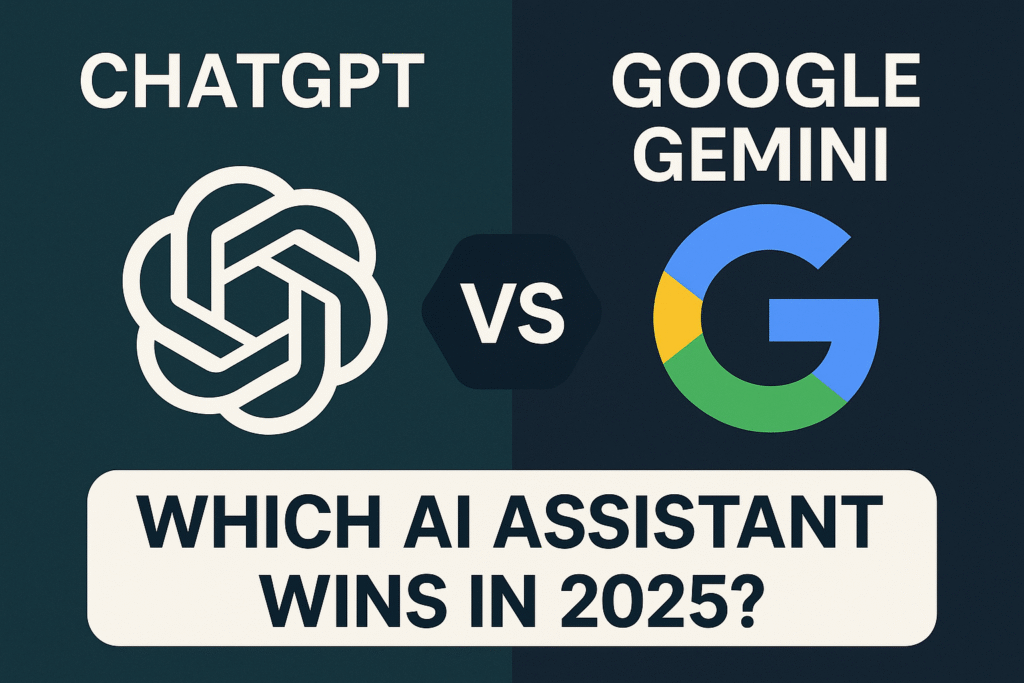Our Comprehensive 2025 Language Learning Apps Review
Welcome to our definitive language learning apps review for 2025. The world of digital education has completely changed how we learn new languages. Today, countless mobile apps promise to make you fluent right from your phone. These tools use everything from fun games to smart AI tutors. Consequently, they appeal to many different learning styles and ambitions. This guide will explore the top apps available, helping you find the perfect match for your journey to fluency. We will look at their teaching methods, how well they work, and who they are best suited for. This detailed review aims to make your choice much easier.
Choosing the right app can feel overwhelming with so many options. Therefore, we created this guide to provide clarity. We analyzed each platform’s core features, from lesson structure to user interface. Additionally, understanding how technology can aid learning, much like in our guide to the latest smartphones, is crucial. This review will give you the confidence to select an app that aligns with your personal goals. Ultimately, the best tool is one that keeps you engaged and motivated every day.
How We Reviewed the Top Language Learning Apps
Our methodology for this language learning apps review was thorough and user-focused. We assessed each app based on four key criteria to ensure a fair comparison. First, we examined the teaching methodology. We looked at whether it was based on proven linguistic principles. Secondly, we evaluated the user experience, including ease of use and engagement. An app should be fun, not a chore. Thirdly, we considered effectiveness and real-world application. The goal is to speak a language, so practical conversation skills were a major focus. Finally, we looked at the overall value, considering both free features and subscription costs. This structured approach ensures our review is both comprehensive and practical for every type of learner.
Duolingo: The Gamified Gateway
Duolingo is often the first app people try. Its game-like lessons make learning feel fun and approachable. You earn points and climb leaderboards, which helps maintain motivation. This approach has attracted over 500 million users worldwide. However, our language learning apps review found it works best for beginners. It helps build a basic vocabulary and understanding of sentence structure. The app is fantastic for getting started without any cost.
- Pros: Completely free to start, highly engaging and fun, great for building foundational vocabulary.
- Cons: Lacks depth for advanced learners, limited speaking practice, can feel repetitive.
While Duolingo makes language learning accessible, it may not be a complete solution for serious learners. Many users find it is a great supplement but not sufficient for achieving true fluency. Its focus is mostly on reading and listening. For this reason, those aiming for advanced conversational skills often need to use other resources alongside it.
Babbel: The Conversational Companion
Babbel offers a more traditional, course-like experience. Its lessons are designed by language experts and focus on practical conversations. You learn vocabulary and grammar for real-world situations, like ordering food or asking for directions. For instance, this focus on practicality helps users start speaking quickly. Babbel also includes speech recognition technology to help you improve your pronunciation. It provides a structured path for learners who want a clear curriculum.
- Pros: Focus on real-world conversation, structured lessons with grammar explanations, effective speech recognition.
- Cons: Requires a subscription, some lessons can feel repetitive over time.
This app is a strong choice for beginners and intermediate learners. In our language learning apps review, we noted that its structured nature provides a solid foundation. While it is a paid service, many find the investment worthwhile for the quality of the content. Babbel effectively bridges the gap between fun apps and serious language study.
Rosetta Stone: The Immersive Experience
Rosetta Stone has been a leader in language education for decades. It uses a method called “Dynamic Immersion,” which teaches you a new language without any translation. Instead, you connect words with images and sounds directly. This technique mimics how you learned your first language. It is particularly effective for visual learners and for building a strong, intuitive understanding of a new language from the ground up.
- Pros: Immersive method builds deep understanding, excellent speech recognition engine, clean and intuitive interface.
- Cons: Can be expensive, lack of explicit grammar explanations may frustrate some learners.
The immersive approach can be challenging, especially as you advance. Some learners miss direct grammar explanations. However, for those who thrive in this environment, Rosetta Stone offers a polished and effective learning experience. Its TruAccent™ speech engine is also a key feature, providing precise feedback to help you sound like a native speaker.
Memrise: The Vocabulary Virtuoso
Memrise shines when it comes to building vocabulary. The app uses a spaced repetition system and mnemonics to help you memorize new words efficiently. This scientific approach helps move words from your short-term to your long-term memory. Additionally, Memrise features thousands of video clips of native speakers. These clips provide real-world context and improve your listening skills. This is a key finding in our language learning apps review.
- Pros: Excellent for vocabulary acquisition, uses videos of native speakers, lots of user-generated content.
- Cons: Lacks comprehensive grammar instruction, not a complete language course.
While Memrise is a powerful tool for vocabulary, it is not designed to be a standalone course. It lacks in-depth grammar lessons and structured conversational practice. Therefore, it is best used as a supplementary tool to expand your word bank while using another app for core learning.
Busuu: The Social Scholar
Busuu combines structured lessons with a powerful community feature. The curriculum covers grammar, vocabulary, and communication skills. What makes Busuu unique is its social aspect. You can submit speaking and writing exercises and get feedback from native speakers in the community. This peer-to-peer correction is incredibly valuable for practical learning.
- Pros: Community feedback from native speakers, well-structured lessons, offers live tutoring options.
- Cons: Free version is limited, quality of community feedback can vary.
This blend of self-paced lessons and human interaction is very effective. Learning a language also helps you connect with new cultures and understand different perspectives on global issues, like the worldwide impact of climate change. While the best features require a premium subscription, Busuu offers a comprehensive and interactive way to learn.
Conclusion: Final Thoughts from Our Language Learning Apps Review
In conclusion, this language learning apps review shows there is no single “best” app for everyone. The right choice depends on your personal learning style, goals, and budget. For casual beginners, Duolingo is a perfect, no-cost entry point. For those seeking practical conversation skills, Babbel is a fantastic investment. Meanwhile, Rosetta Stone is ideal for visual learners who prefer an immersive style. Memrise is an unbeatable supplement for vocabulary, and Busuu offers a unique social learning experience. Finally, auditory learners might prefer an app like Pimsleur for its audio-based method. The key is to find a tool that you enjoy using consistently. Combining apps and other resources is often the fastest path to fluency. We hope our language learning apps review helps you take the next step in your language journey with confidence.

